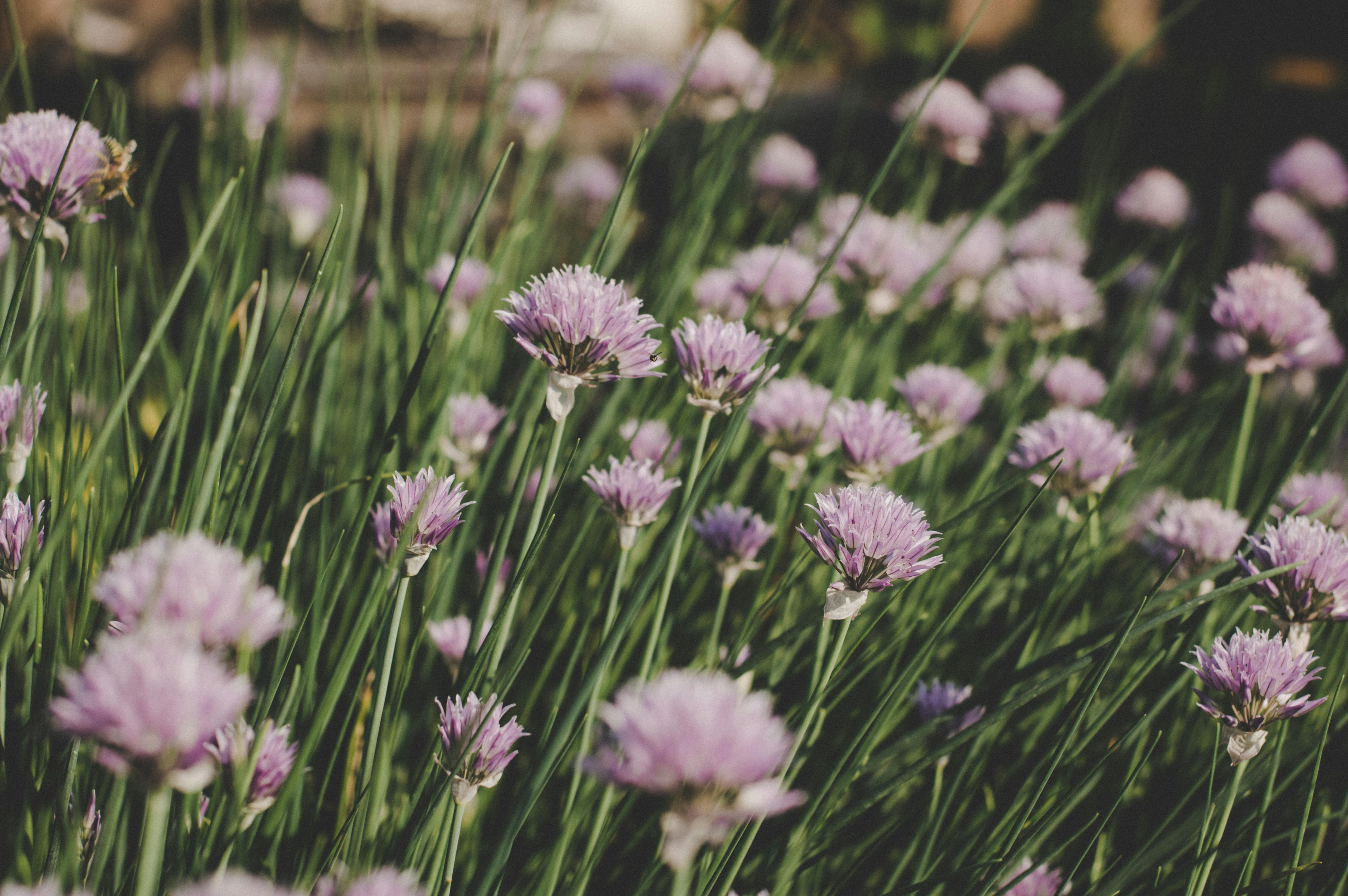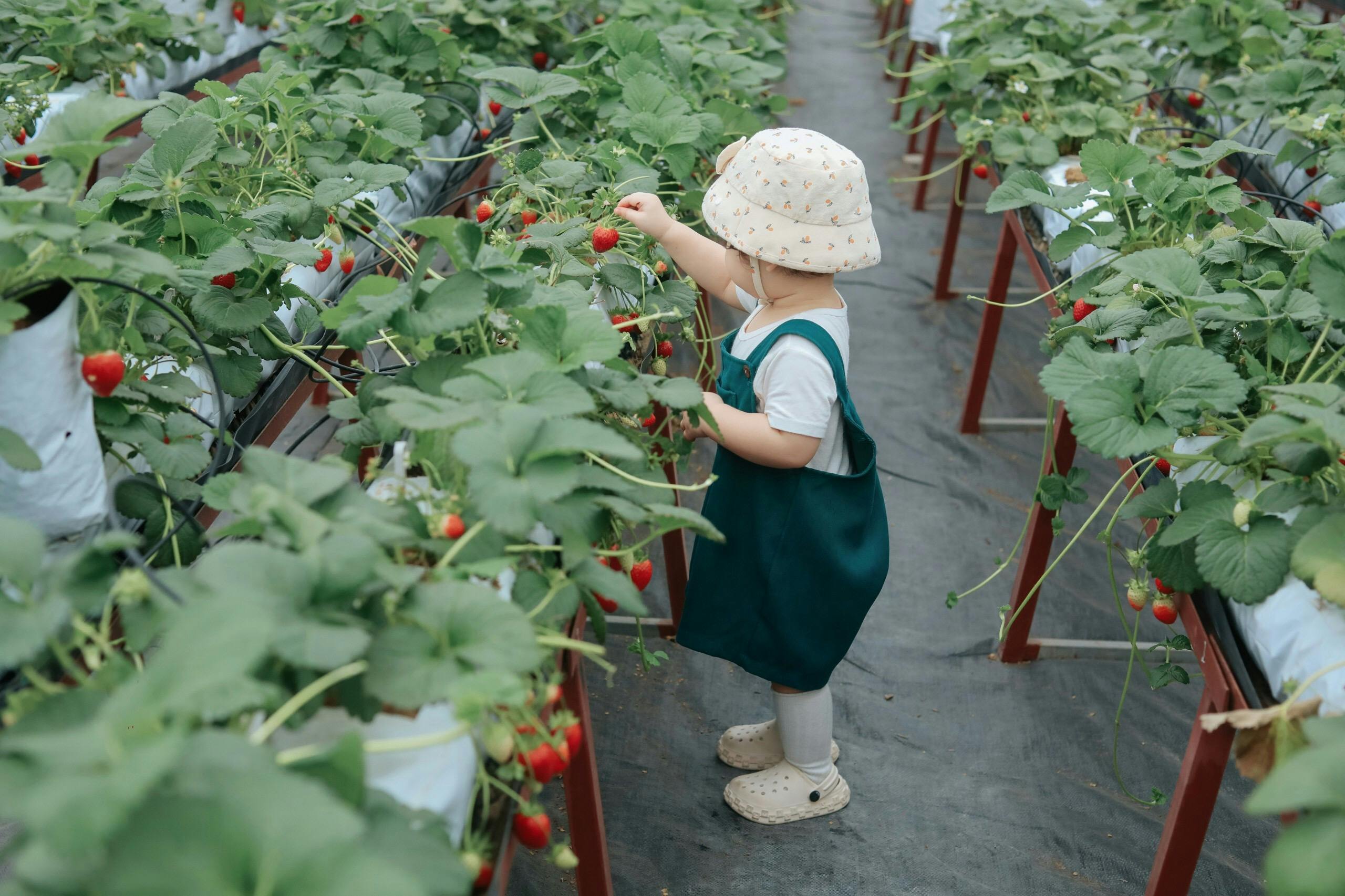Strawberries are one of the most popular fruits in the world and are enjoyed by many people. They have a unique flavor and texture that make them a favorite for desserts, jams, and breakfast dishes. But did you know that strawberries are actually perennial plants? That means they can live for more than two years and produce fruit each year. In this article, we will discuss what makes strawberries perennial plants and how to care for them.Perennial plants are plants that live for more than two years. They typically grow and bloom over the spring and summer, then die back every autumn and winter, before growing again the following spring. Perennial plants can be either herbaceous, meaning they have soft stems and lack woody tissue, or woody, meaning they have a woody stem that remains year-round.
What is a Strawberry?
A strawberry is a juicy, red fruit that is enjoyed around the world. It belongs to the genus Fragaria and is related to other fruits such as apples, pears, apricots, and peaches. Strawberries are native to temperate regions of North America and Europe. It has been cultivated for centuries for its sweet flavor and unique aroma. The strawberry has become one of the most popular fruits in the world due to its versatility and availability in both fresh and frozen form.
Strawberries are rich in Vitamin C, fiber, antioxidants, folic acid, potassium, manganese and magnesium. They also contain natural sugars which provide energy without raising blood sugar levels too high. Strawberries are known for their anti-inflammatory properties which can help protect against diseases such as cancer and heart disease. The bright red color of strawberries is due to the presence of anthocyanins which help protect cells from damage caused by free radicals.
Strawberries can be enjoyed fresh or cooked in a variety of dishes such as jams, jellies, pies, cakes, custards and ice creams. They can also be blended into smoothies or used as a topping on yogurt or oatmeal. Furthermore, they can be used to make syrups or sorbets for desserts. Strawberry juice has become increasingly popular over recent years due to its refreshing taste and health benefits.
Overall, strawberries are one of the most delicious fruits on the planet with numerous health benefits that make them an excellent addition to any diet!
Defining a Perennial Plant
A perennial plant is one that lives for more than two years. It typically grows back each year from the same root system, allowing it to produce fruit and flowers repeatedly. This type of plant grows woody stems and can reach heights up to 20 feet or greater. Perennials are often used in landscaping due to their ability to provide color and texture year after year. Examples of perennial plants include roses, daisies, delphiniums, lavender, and hibiscus.
Unlike annuals, which only live for one season and must be replanted the following year, perennials come back on their own. They also tend to have a longer bloom period than annuals; some may bloom for months at a time while others may only bloom for a few weeks each year. Planting perennials is an economical way to have beautiful flowers in your garden without having to replace them annually. In addition, since they are hardy plants that survive the cold winter months, they can be planted in early spring when temperatures begin to rise again.
Perennial plants need proper care and maintenance in order to thrive. They should be planted in an area that receives direct sunlight for at least six hours per day and should be watered regularly during the growing season. Fertilizer should also be applied once or twice during the season in order to provide nutrients for healthy growth. Pruning may also be necessary if the plant becomes too large or overgrown. With proper care and maintenance, perennial plants can provide beauty and enjoyment in your garden for many years to come!
Strawberries’ Growing Cycle
Strawberries are one of the most popular fruits in the world and they are easy to grow. It is important to understand the strawberry’s growing cycle if you want to get the best yield out of your plants. The cycle begins with planting the seeds or runners in early spring. The plants will need plenty of sun and water throughout their growing season, which typically lasts from April through October.
Once established, strawberry plants will produce flowers that will eventually develop into fruit. Although the exact timing depends on variety and climate, berries usually ripen between May and August. During this time, it is important to monitor your plants for signs of pests or disease and take steps to keep them healthy.
Once the fruit has ripened, it should be harvested as soon as possible to ensure maximum sweetness and flavor. Strawberries can be eaten fresh or preserved for later use by freezing or making preserves. After harvest, it is a good idea to prune back any dead or dying leaves and flowers to encourage new growth in the following season.
By understanding strawberries’ growing cycle, you can get the most out of your plants each year and enjoy eating fresh berries all summer long!
How do Strawberries Grow?
Strawberries are a popular summer fruit and are easy to grow. They are packed with vitamins and antioxidants, making them a healthy snack for everyone. Growing strawberries doesn’t require a lot of space or time, making them a great choice for both novice and experienced gardeners alike.
When planting strawberries, it’s important to choose the right variety for your climate. Most strawberry varieties need at least 6 hours of direct sunlight per day in order to produce good yields. Planting strawberries in raised beds or containers can help ensure they get enough sunlight. It’s also important to choose a location that has well-draining soil, as strawberries don’t like wet feet.
Once you have chosen the right variety and location for your strawberry plants, it’s time to plant them. Start by digging a hole that is slightly larger than the root ball of the plant. Place the plant in the hole and cover with soil, lightly packing it down around the roots. Water thoroughly after planting and mulch around the plants to help keep weeds at bay and conserve moisture in the soil.
Strawberries require regular irrigation during their growing season but don’t allow them to become waterlogged or soggy as this can lead to root rot or other diseases. Fertilize your plants every few weeks with an organic fertilizer designed for fruiting plants such as strawberries or compost tea. This will help ensure your plants stay healthy and productive throughout their growing season.
Harvesting strawberries can be done when they turn from white/green to red and become soft when gently squeezed between your fingers. Pick all ripe berries before they start to spoil as this will encourage more berries to ripen later on in the season. Enjoy your freshly picked strawberries right away or store them in the refrigerator for up to 5 days for later use!

Where do Strawberries Grow?
Strawberries are one of the most popular fruits in the world and they can be found in many different parts of the world. They are grown commercially in temperate climates, such as in the United States, Canada, Europe, Australia and South America. Strawberries can also be found growing wild in certain areas.
In North America, strawberries are grown from California to British Columbia and from Florida to Newfoundland. In Europe, they are mainly grown in the Mediterranean region, but can also be found in other parts of Europe such as Germany, France and Britain.
In Australia and New Zealand, strawberries are mainly grown in Victoria and Queensland. They are also grown in South Africa and Japan. Strawberries grow best in areas with long warm days and cool nights with plenty of sunlight. They need moist soil that is well-drained and high in organic matter.
Strawberries require frequent watering during dry periods, but should not be over-watered or allowed to stand in water for too long as this can lead to root rot or plant diseases. Proper fertilization is also important for healthy strawberry plants which will produce abundant yields of sweet juicy berries for many years to come!
The Benefits of Perennial Plants
Perennial plants are an ideal choice for landscaping or gardening, as they can provide a variety of benefits. Perennial plants grow back year after year without the need for replanting, which saves time and money. Additionally, perennial plants are hardy and can withstand extreme temperatures and conditions. They also require less maintenance than annuals, making them a great choice for busy gardeners.
Perennial plants also help to attract beneficial insects to the garden, such as bees and butterflies. These insects help to pollinate flowers and increase crop yields, making them beneficial for both the garden and the environment. Perennials can also help to prevent soil erosion due to their deep roots, which help to keep soil in place during rain or windy weather.
Lastly, perennial plants add a beautiful touch to any garden or landscape. Their vibrant colors and unique shapes make them stand out from other plants in the area. Plus, since they don’t need to be replanted each year, they create a sense of continuity in gardens that helps create a stunning visual display that will last for years to come.
Are Strawberries Perennial Plants?
Yes, strawberries are perennial plants. Perennials are plants that live for more than two years, and strawberries are one of them. In fact, most commercially-grown strawberry varieties can produce fruit for three to four years before needing to be replaced.
The strawberry plant produces flowers and fruit in the spring season. After pollination, the flowers turn into small green strawberries that gradually ripen to red over a period of several weeks. As the fruit ripens, new flowers will continue to form and the cycle will repeat itself until the end of summer.
At the end of summer, the strawberry plant will die back and go dormant during the winter months. Then in spring, new foliage will appear from underground crowns and runners that have been growing throughout the winter months. This is why it’s important to keep your strawberry patch free from weeds which can compete with the plants for resources during this critical time of year.
Strawberries can be planted in almost any type of soil as long as it drains well and has plenty of organic material mixed in to help retain moisture. When planting strawberries, make sure you space them out properly so they have plenty of room to spread out their runners and form a solid patch over time. With proper care and maintenance, you can enjoy delicious strawberries for many years to come!

Conclusion
Strawberries are a popular and versatile fruit that can be enjoyed in many different ways. Although they are not traditionally considered a perennial plant, they can be grown as such in some climates. They require specific soil and climate conditions to survive, but with careful tending, they can produce an abundance of delicious fruit for many years. With proper care and maintenance, these tasty little fruits can bring years of joy as part of your garden.
Strawberries are one of the most popular fruits around, whether eaten fresh or used in baked goods and other desserts. While they may not be the first choice for a perennial plant, with the right conditions, these hardy fruits can last for many years and provide an abundance of delicious treats for your family to enjoy!



